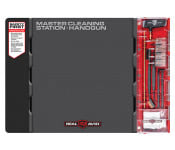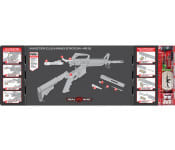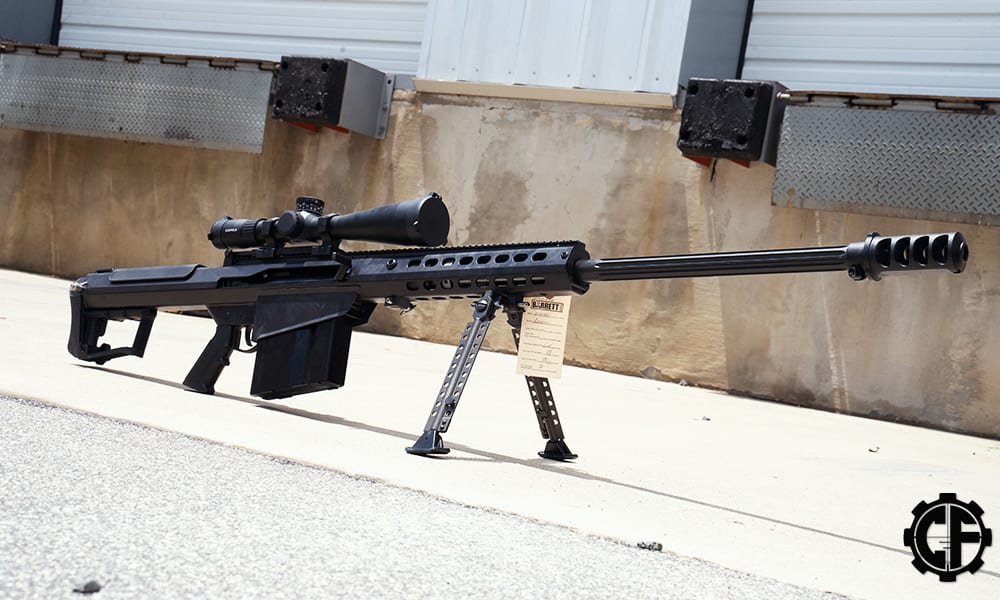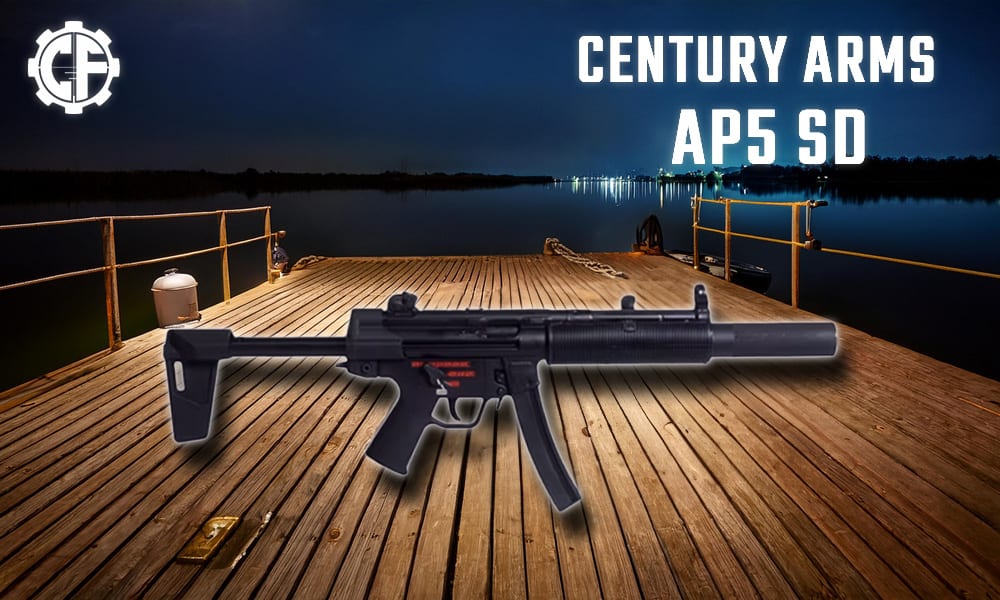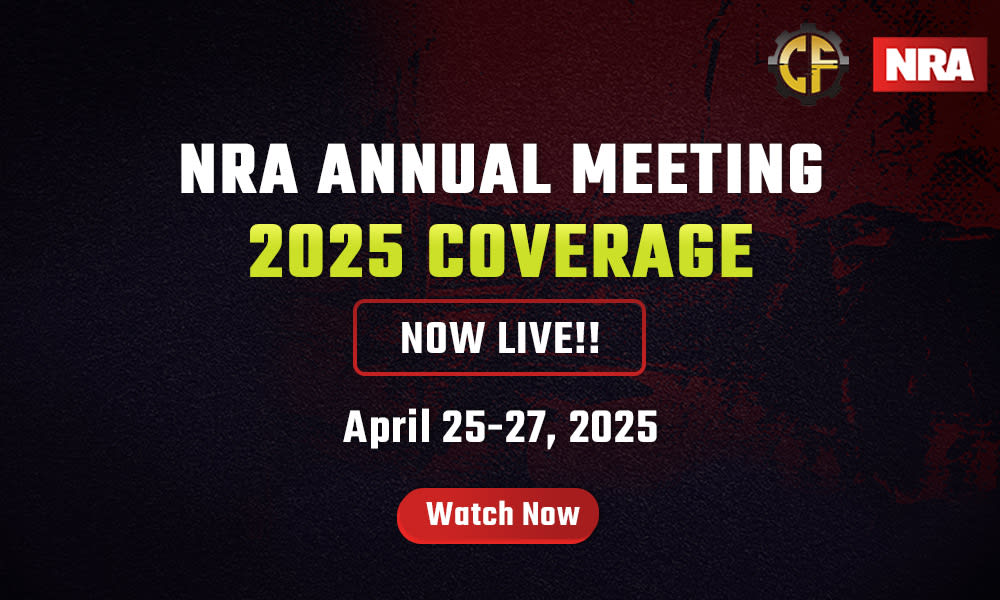Light primer strikes are among the trickiest ammo-related malfunctions shooters will encounter. This failure to fire occurs when the hammer or striker impacts the casing with insufficient force to activate the primer and discharge the round. In layman's terms, you pull the trigger and nothing happens.
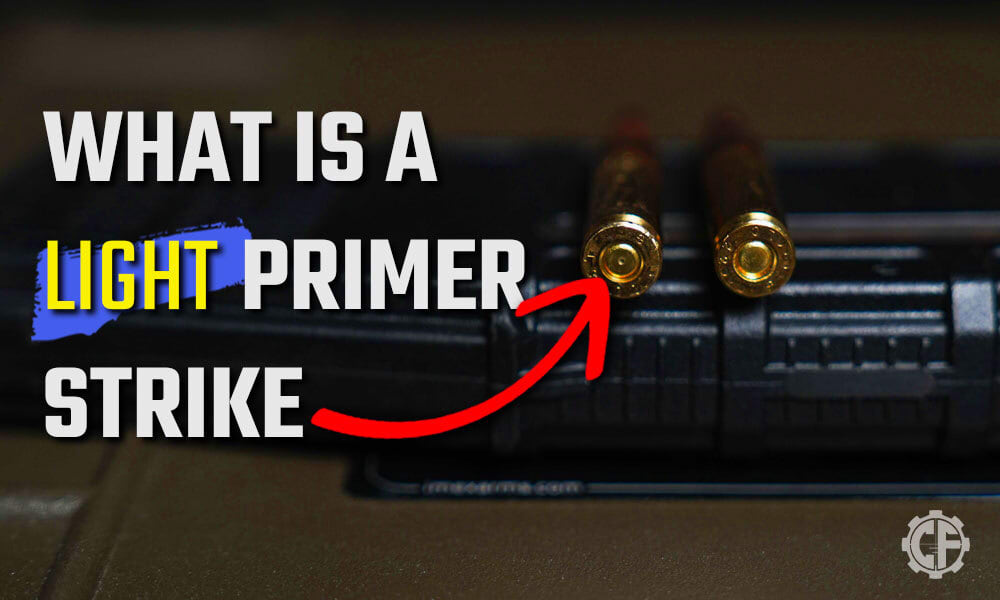
How To Troubleshoot Light Primer Strikes
More often than not, light primer strikes can be attributed to the ammunition itself. Homemade reloads or out-of-spec cartridges may not perform reliably in all firearms. Try switching to a different brand of ammo; if the problem persists, additional testing may be required.
A second, more complicated explanation for light primer strikes involves poorly maintained or defective parts. For instance, a weak hammer spring or fouled-up striker assembly could cause this type of failure to fire by impeding the intended operation of your firearm. This is where it gets challenging - the solution might be as simple as detail stripping and cleaning the gun, or may necessitate in-depth repairs by a qualified gunsmith.
Ammo Or Gun: Making The Determination
Begin by understanding the source of the malfunction. Use the same gun to fire several rounds of the original ammo, then do the same with another batch of the same load as well as a box of ammo from a different manufacturer. Whenever possible, also test the problem ammo in a different firearm to ensure it isn't an issue with your gun.
Alternatively, you can attempt to fire the once-struck round again with a double-action trigger pull or by ejecting and re-chambering the round before pulling the trigger. If the gun goes bang the second time, something may be off with your firearm's internals.
Clean all major components (including the firing pin / striker) before continuing to shoot. Hopefully, you shouldn't encounter any more light primer strikes, but if you do, consider having a professional examine the gun for obvious flaws that could be causing failures to fire.
Other Ammo Malfunctions
Light primer strikes are not the only type of failure to fire. A hang fire is a similar yet far more dangerous malfunction wherein the primer is activated but does not immediately ignite the powder charge, resulting in a delayed discharge. For your safety, always wait at least 30 seconds while keeping your firearm pointed downrange before investigating any potential light primer strikes.
Of course, it's also possible to get a few plain duds mixed in with otherwise functional rounds. The best way to avoid this is by only purchasing quality ammunition manufactured by reputable brands. Be sure to watch our video to learn more about the different types of ammunition on offer from some of our favorite manufacturers


